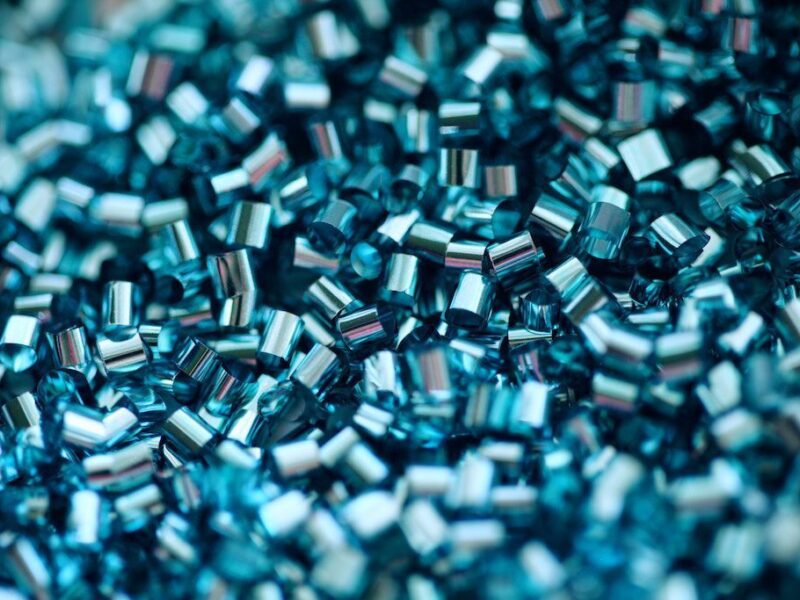Assessment of Recyclability
in household waste streams
plastship provides expert advice to optimize the recyclability of your plastic products and packaging, helping you achieve a sustainable market advantage.
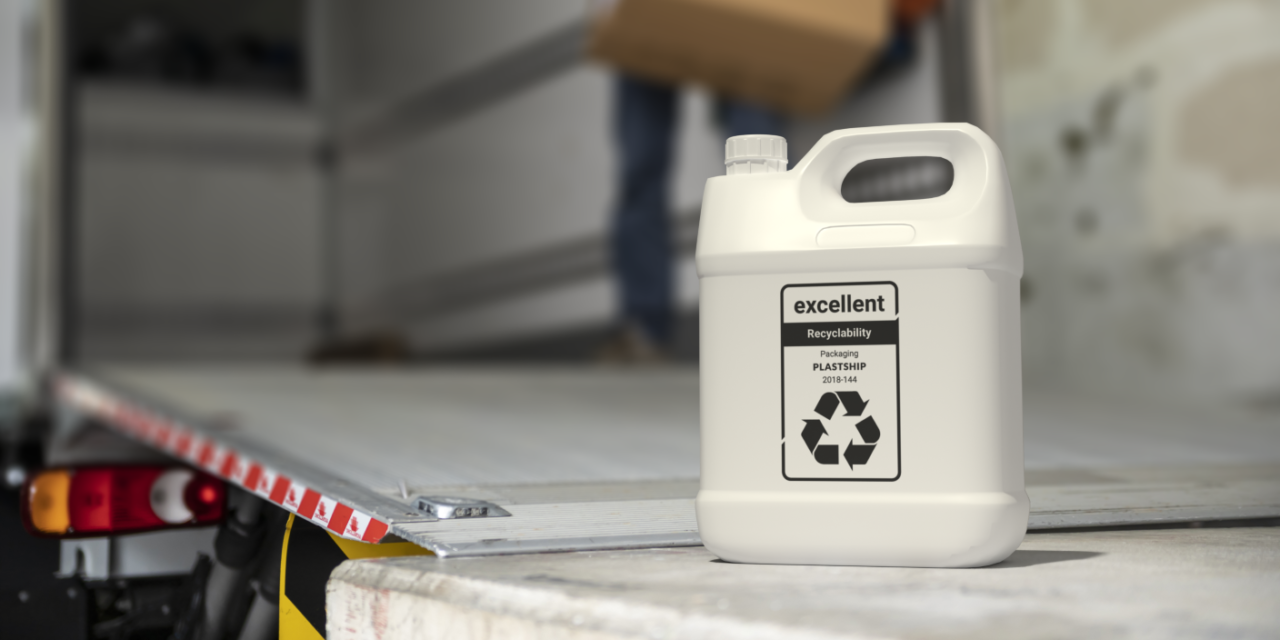
Whether plastic products or packaging, with plastship you have access to a vast wealth of knowledge to design your products for recyclability and/or assess the recyclability of your products. We offer solutions for the following cases:
in household waste streams
in commercial material streams
for production waste
Which certification system to use for what purpose?
How are waste streams organized and how should they be?
How can our own waste streams be reused as raw materials?
With our NIR Rapid Test, you’ll receive quick and reliable insights into the NIR detectability of your products or packaging. This information is invaluable for predicting behaviour in large sorting facilities and making the right colour and pigment choices in product development. The testing is conducted in partnership with trinamiX.
Here’s how it works:
1. Send us the samples of your products or packaging for testing.
2. We carry out the analysis and provide a detailed report on NIR detectability.
2. We review the results together and offer actionable recommendations.

We assess your case individually. Evaluations are possible for plastic packaging, plastic semi-finished products, and plastic products – essentially for every stage of the value chain and every production output where waste is generated before or after use of a product.
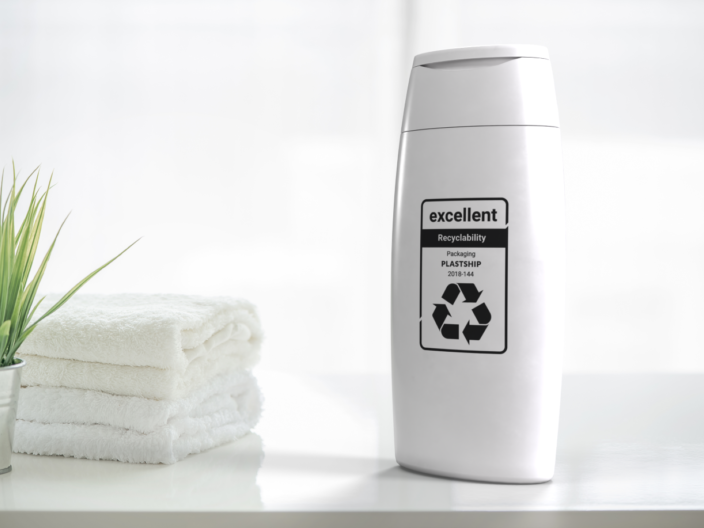
When assessing the recyclability of design concepts, we adhere to the established definitions by RecyClass. Additionally, our evaluation incorporates recognized assessment methods and legal definitions as stipulated, for example, in the Packaging Act (VerpackG), by the Central Packaging Register Agency, and in the Circular Economy Act (KrWG).
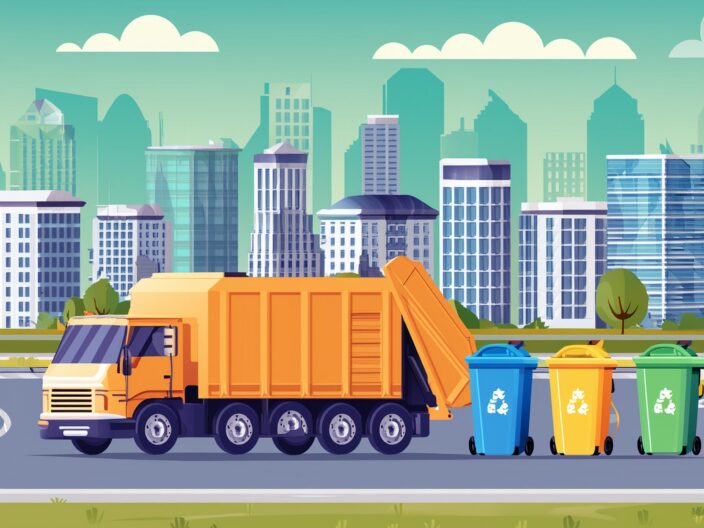
The product must be made from plastic that is collected for recycling, has market value, and/or is supported by a legally mandated program.
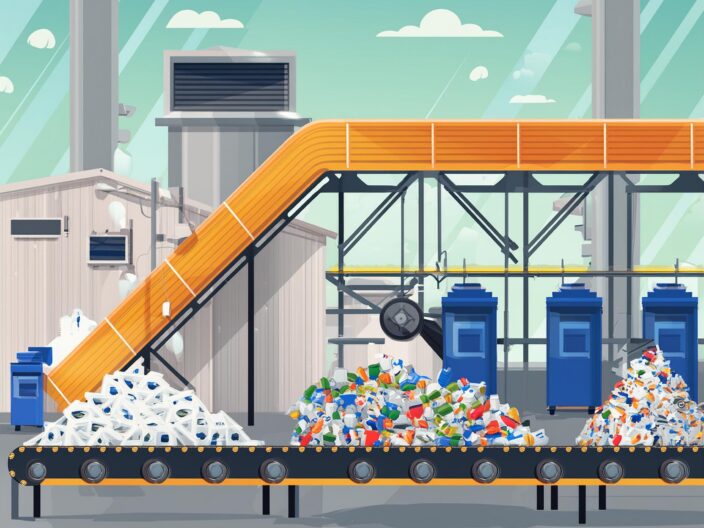
The product must be sorted and consolidated into defined streams for recycling processes.
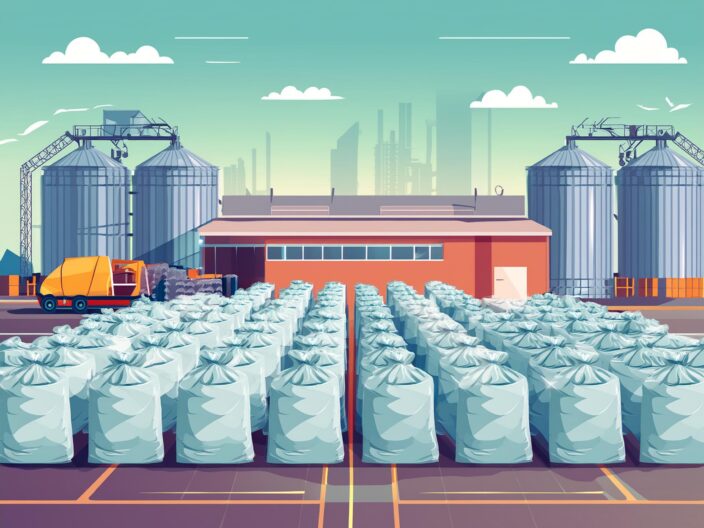
The product can be processed and recycled using standard market recycling methods.
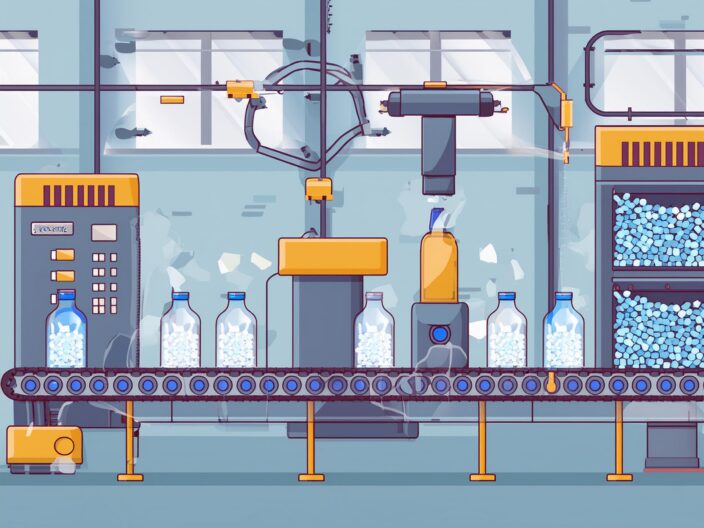
The recycled plastic becomes a raw material used in manufacturing new products.
